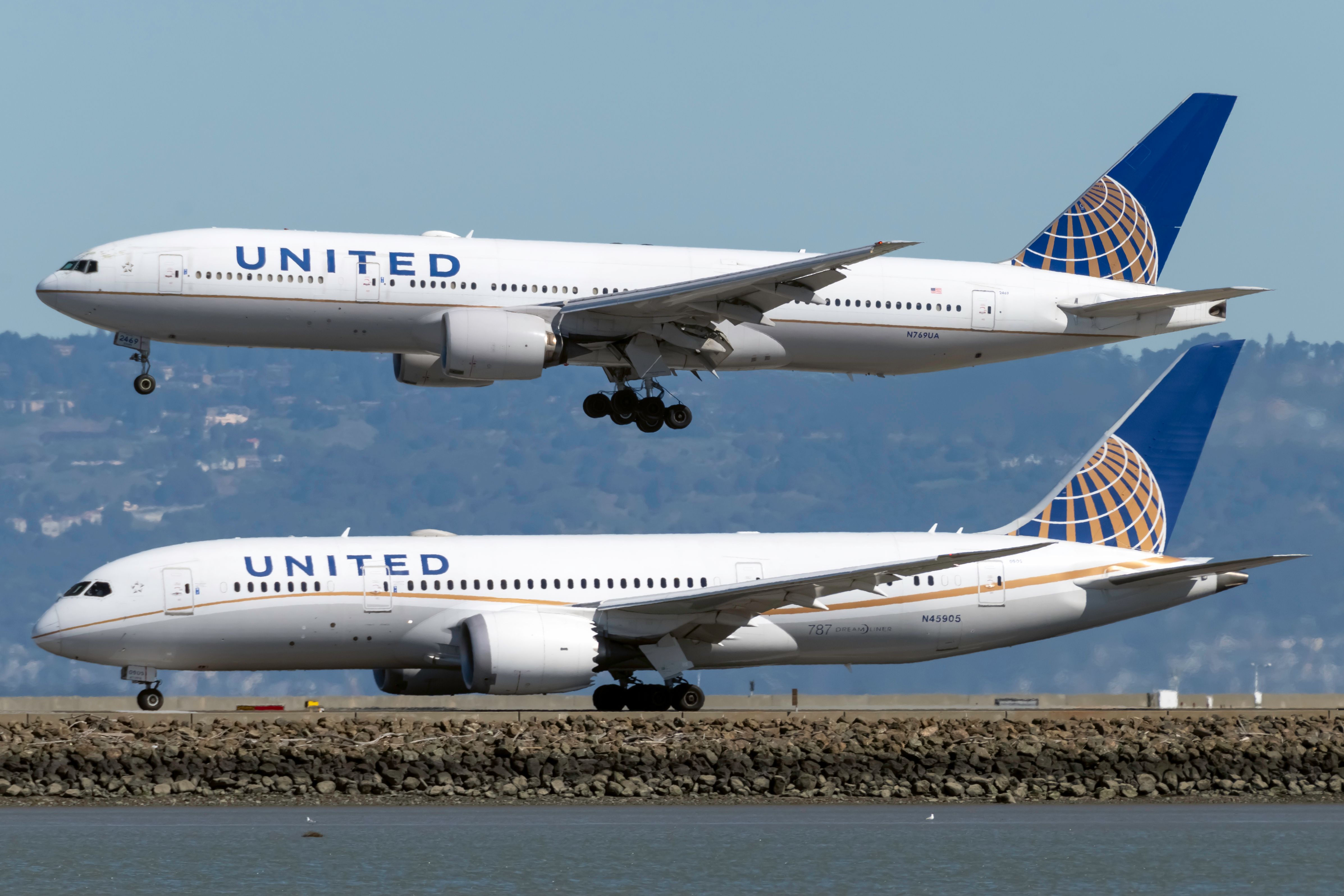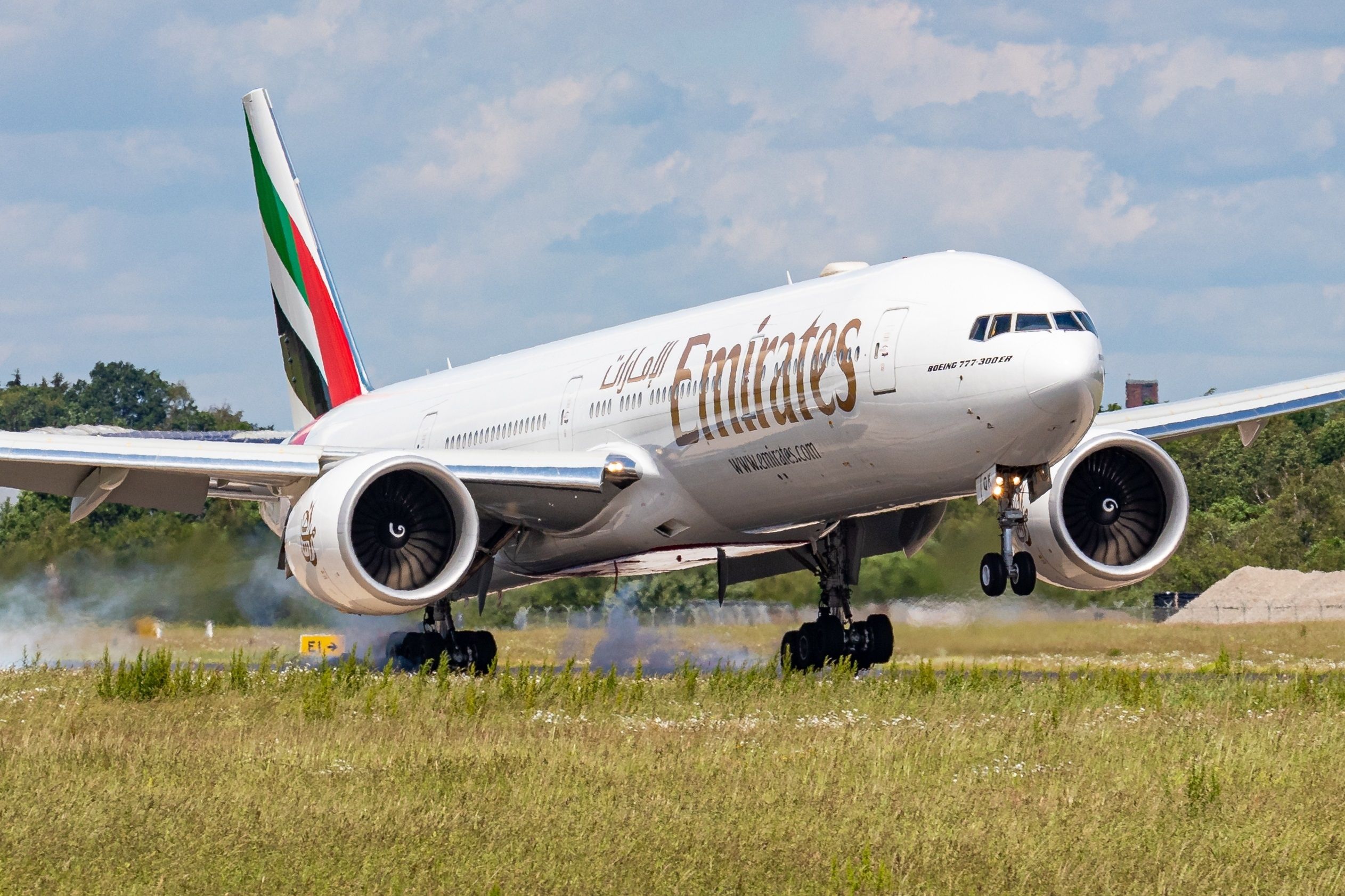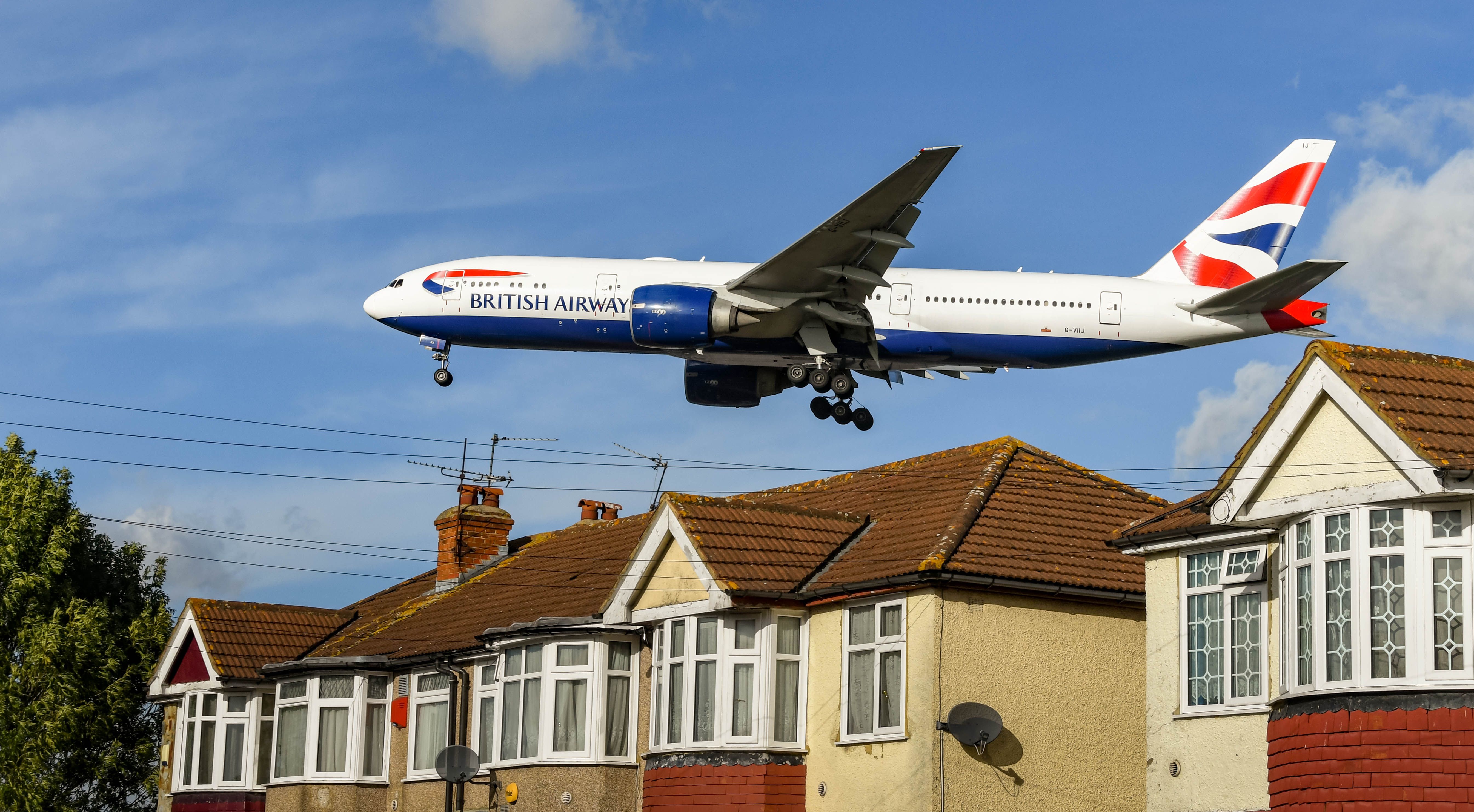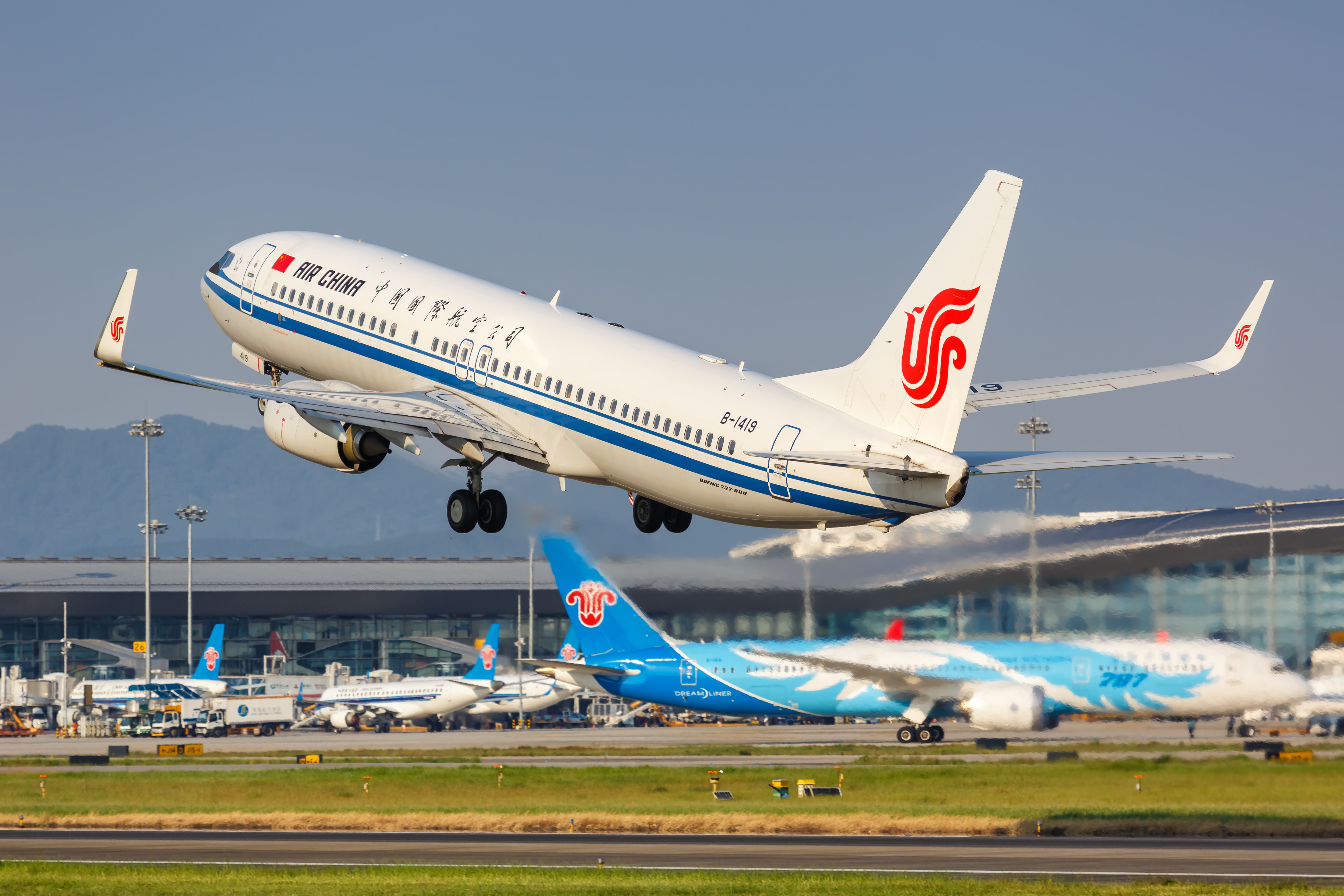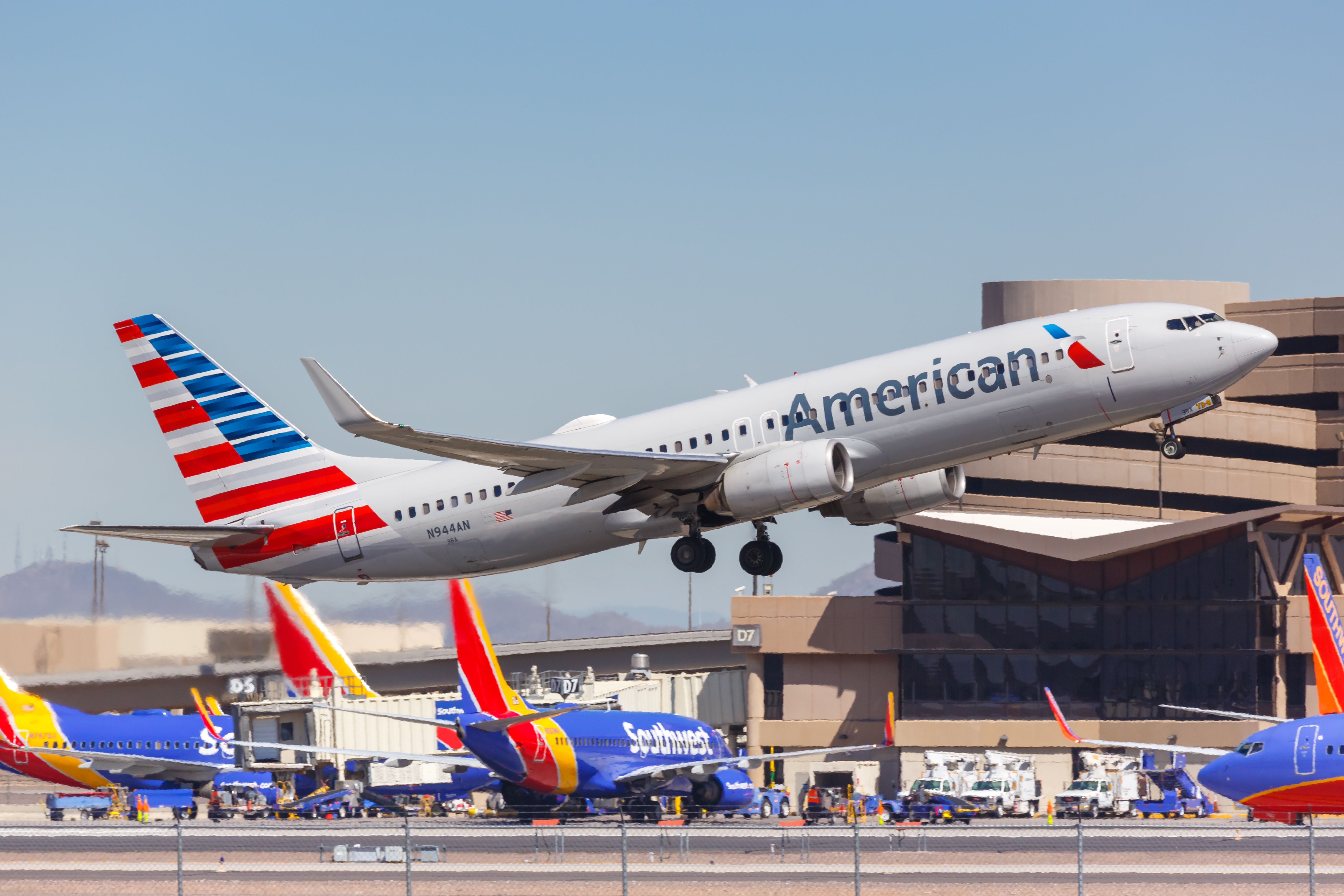It has been a long three years, but if a full recovery to pre-pandemic levels is the goal, the finish line is within sight. According to the International Air Transport Association (IATA), global passenger traffic in March reached 88% of 2019 levels.
Yesterday, IATA released its March 2023 Air Passenger Market report, which showed that March traffic increased by 52% year-on-year. IATA measures passenger traffic using revenue passenger kilometers (RPKs), which are calculated by multiplying the number of revenue-paying passengers aboard an aircraft by the distance the aircraft traveled.
Domestic traffic rose 34% year-on-year and made up 42% of global traffic in March, whereas international rose by 69% and accounts for 58% of global RPKs. Total March 2023 domestic traffic reached 99% of March 2019, while international traffic has recovered to 82%. Globally, traffic is now at 88% of March 2019 numbers.
Some key markers look positive
In yesterday's report IATA Director General Willie Walsh said that the calendar year's first quarter ended strongly for air travel demand and that domestic markets have been near pre-pandemic levels for months, but two key waypoints were met for international travel in March.
"First, demand increased by 3.5 percentage points compared to the previous month's growth, to reach 81.6% of pre-COVID levels. This was led by a near tripling of demand for Asia-Pacific carriers as China's re-opening took hold. And efficiency is improving as international load factors reached 81.3%.
"Even more importantly, ticket sales for both domestic and international travel give every indication that strong growth will continue into the peak Northern Hemisphere summer travel season."
However, Walsh also said that a lack of capacity compared to demand means some travelers may not get a seat in the summer season. He attributes "a part of that" to labor shortages impacting many parts of the supply chain, specifically causing delays in aircraft deliveries.
Unsurprisingly, he also let rip about cancelations caused by actions of air traffic controllers and others, primarily in Europe, that are "unacceptable and should not be tolerated by the authorities."
Check out all the latest European aviation news here
How are the regions faring?
Asia-Pacific has copped a hiding for months, firstly because of its draconian COVID lockdowns and then for the slow pace of easing travel restrictions. IATA's March report said that the region's airlines had a 283% increase in traffic year-on-year, continuing the robust momentum since travel restrictions were lifted. Capacity rose by 161.5%, and load factors climbed 26.8 points to 84.5%, the second highest of all the global regions.
The highest load factor by region was from North America at 84.8%, an increase of 9.8 percentage points from March 2022. North American carriers reported traffic growth in March of 52% year-on-year, while capacity increased by 34%. Latin American airlines added 33.4% more capacity and saw traffic rise by 36.5%, returning a load factor of 82.8% for the month.
European Airlines saw a similar increase, with traffic rising by 38.5%, capacity by 27% and load factor to 79.4%, the second lowest amongst the regions. Middle Eastern carriers returned the same load factor of 79.4%, with traffic growing by 43.1% and capacity by 30.5%. Outside of Asia-Pacific, African airlines had the highest year-on-year traffic growth at 71.7%, achieved by adding 56.2% more capacity but at the expense of the lowest load factor of 72.2%.
When do you think we will hit 100% of pre-COVID traffic? Pick a month and let us know in the comments.

